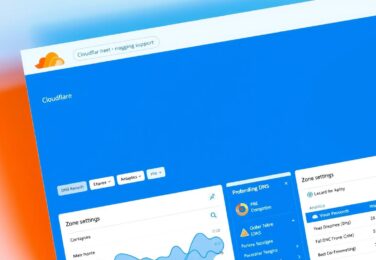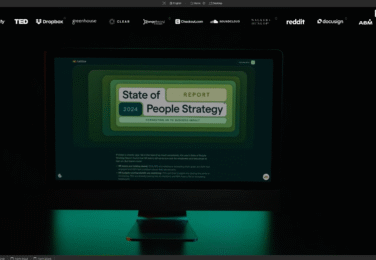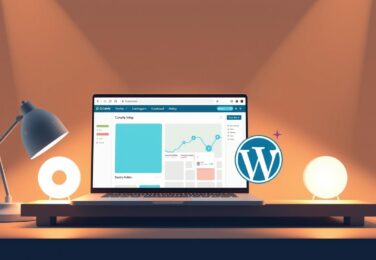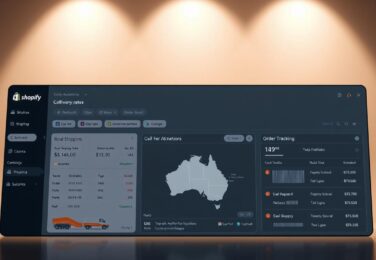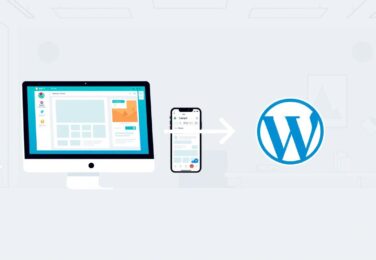Understanding Content Management System
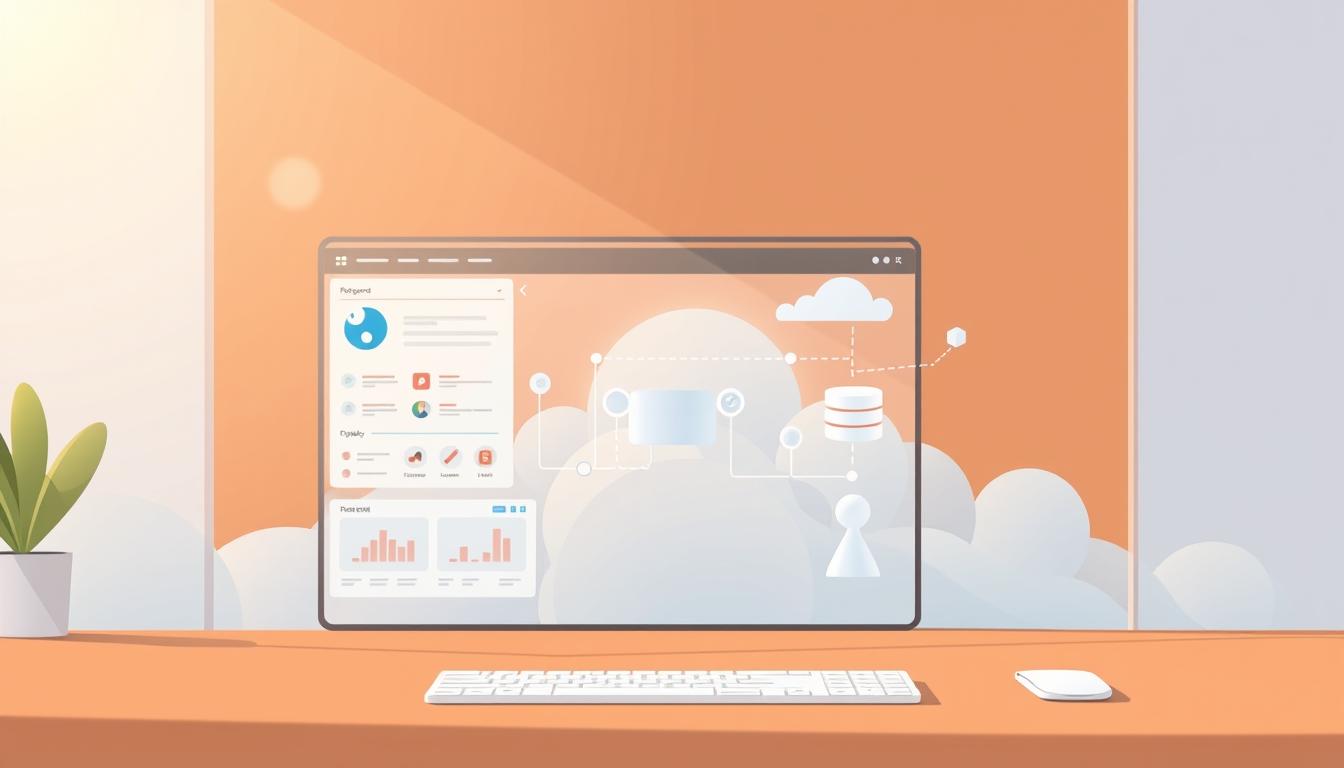
Table of Content
Remember the days when updating a website felt like untangling a web of code? We’ve all been there. A small change to a blog post could break the entire layout, leaving us frustrated and stuck. This is where modern content management systems come into play, offering a seamless way to handle digital content without the headaches.
In the past, legacy systems often tied content to design, making updates cumbersome. Today, decoupling these elements has become a game-changer. It allows for greater scalability and flexibility, ensuring your website can grow with your needs. Migrating to a headless approach has proven to be a smart move for many businesses, unlocking new possibilities for their digital strategies.
Drawing from real-world examples, we’ve seen how transitioning to a modern system can streamline workflows and improve efficiency. If you’re struggling with your website development, don’t hesitate to reach out. Contact hello@defyn.com.au for expert guidance.
Key Takeaways
- Modern systems simplify content updates and management.
- Decoupling content from design enhances flexibility.
- Legacy systems often limit scalability and efficiency.
- Migrating to a headless approach can unlock new opportunities.
- Expert support is available for seamless transitions.
Overview of Modern Content Management Systems
The digital landscape has transformed dramatically, reshaping how we manage online content. Modern systems have emerged as powerful tools, offering solutions that cater to today’s dynamic web development needs. These platforms have evolved significantly, moving away from rigid, traditional setups to more flexible and scalable architectures.
Evolution from Traditional to Headless CMS
In the past, content management systems were tightly coupled with design templates. This approach often limited scalability and made updates cumbersome. Today, the shift to headless models has changed the game. By decoupling content from design, developers gain greater flexibility and control.
For instance, traditional systems relied on predefined templates, making it challenging to adapt to new trends. Modern platforms, however, use APIs to deliver content across multiple channels seamlessly. This evolution has empowered developers to create richer digital experiences.
Benefits for Australian Web Development
For Australian developers, adopting modern systems brings numerous advantages. These platforms support faster workflows, enabling teams to deliver projects more efficiently. They also provide robust content modelling capabilities, ensuring content is structured for optimal performance.
Here are some key benefits:
- Scalability: Easily handle growing content needs without compromising performance.
- Flexibility: Deliver content across various devices and platforms effortlessly.
- Efficiency: Streamline workflows with intuitive interfaces and powerful integrations.
Real-world examples highlight how businesses have leveraged these systems to enhance their digital presence. For instance, a well-designed content model can simplify complex projects, ensuring consistency and quality.
If you’re facing challenges with your website development, don’t hesitate to reach out. Contact hello@defyn.com.au for expert guidance tailored to your needs.
Getting Started with Your WordPress to Contentful Migration
Migrating your website’s content can feel like navigating a maze without a map. To ensure a smooth transition, it’s essential to start with clear objectives and a well-defined strategy. This approach not only simplifies the process but also helps you achieve the desired outcomes efficiently.

Setting Your Migration Objectives
We begin by outlining what we aim to achieve. Whether it’s improving scalability, enhancing flexibility, or streamlining workflows, having measurable goals is crucial. These objectives guide every step of the migration, ensuring alignment with your broader digital strategy.
Identifying the right datum and field values is another critical step. Accurate mapping of content ensures consistency and prevents data loss. This process involves analysing your existing content structure and determining how it will translate into the new system.
Leveraging APIs, such as the Contentful Management API, plays a vital role in automating and simplifying the migration. Choosing the right tool for the job can make all the difference, enabling seamless data transfer and reducing manual effort.
From our experience, stress testing and iterating the migration process are key to reliability. Real-life examples show that initial planning, based on lessons learned, can significantly reduce risks and ensure a successful transition.
Should you need further assistance, don’t hesitate to reach out. Contact hello@defyn.com.au for expert guidance tailored to your needs.
Extracting Content from WordPress
Extracting content from a CMS can be a daunting task without the right approach. To ensure a smooth migration, it’s essential to understand the steps involved in gathering and preparing your data. This process not only simplifies the transition but also ensures your content aligns with the new system’s structure.

Utilising WordPress Export Functionality
We begin by leveraging the built-in export functionality of your current platform. This feature generates an XML file containing all your site’s content, including posts, pages, and metadata. The file is structured with specific tags that define each piece of content, making it easier to map to the new system.
Here’s a quick overview of the steps:
- Access the export tool within your admin panel.
- Select the content types you wish to export.
- Download the XML file for further processing.
Preparing and Parsing Your XML Data
Once the XML file is generated, the next step is parsing and preparing the data. This involves analysing the file’s structure and identifying key tags that define your content. Proper parsing ensures that your data is accurately mapped to the new content model.
Common challenges include encoding issues or missing fields. To address these, we recommend using reliable parsing tools and validating the data before migration. This step is crucial for maintaining consistency and quality across your website.
| Step | Description |
|---|---|
| 1. Export Content | Use the export tool to generate an XML file. |
| 2. Parse XML | Analyse the file structure and identify key tags. |
| 3. Validate Data | Check for encoding issues or missing fields. |
| 4. Map to New Model | Align the parsed data with the new system’s structure. |
If you’re navigating the complexities of content extraction, don’t hesitate to reach out. Contact hello@defyn.com.au for expert guidance tailored to your needs.
Designing a Robust Content Model in Contentful
Crafting a reliable content model is the backbone of any successful migration. It ensures that your data is structured, scalable, and ready for dynamic delivery. By focusing on key fields and data structures, we lay the groundwork for a seamless transition.
Defining Key Fields and Data Structures
We start by identifying the essential fields from your existing system. These fields form the foundation of your new content model. Properly defined data structures save time and reduce errors during migration.
For example, a well-planned model accelerates future development. It supports dynamic content delivery, ensuring your platform remains flexible and scalable. This approach is based on years of experience in handling complex migrations.
Mapping Legacy Data to Custom Models
Mapping data from legacy systems to new models requires precision. We analyse the structure of your exported file to ensure accurate mapping. This process involves identifying key tags and aligning them with the new system’s structure.
Best practices include validating data before migration and leveraging features that ensure consistency. Collaborative efforts within the team are crucial for successful content mapping. This ensures that every phase of the migration is handled efficiently.
If you’re struggling with this part of the migration, don’t hesitate to reach out. Contact hello@defyn.com.au for expert guidance tailored to your needs.
Best Practices for Content Migration and Authoring
Navigating content migration requires a blend of precision and adaptability. To achieve error-free outcomes, we combine scripted automation with manual adjustments. This integrated approach ensures both efficiency and quality, addressing common issues that arise during the process.
Balancing Manual and Scripted Processes
Automation simplifies repetitive tasks, but manual oversight is crucial for handling custom scenarios. For instance, scripted tools can migrate bulk data, while manual checks ensure accuracy. This balance reduces errors and maintains data integrity.
We’ve found that using APIs for automation, paired with manual validation, delivers the best results. This method is particularly effective for managing linked content entries and complex data structures.
Ensuring Quality and Consistency in Data Transfer
Data validation is a cornerstone of successful migration. We recommend validating at every stage to catch issues early. This includes checking for missing fields, encoding errors, and ensuring content aligns with the new structure.
Here’s a summary of our best practices:
| Step | Description |
|---|---|
| 1. Automate Bulk Data | Use scripts to handle repetitive tasks efficiently. |
| 2. Manual Validation | Check for accuracy and address custom scenarios. |
| 3. Validate Data | Ensure consistency and quality at every stage. |
| 4. Test and Iterate | Refine the process based on feedback and results. |
For custom requests or tailored solutions, don’t hesitate to reach out. Contact hello@defyn.com.au for personalised advice on your content migration strategy.
Overcoming Common Challenges in Website Development
Website development often comes with its own set of hurdles that can slow progress. From handling image assets to adapting to evolving workflows, these challenges require careful planning and creative solutions. Let’s explore some of the most common issues and how to address them effectively.
Handling Image Assets and Data Transformations
Managing image assets is a critical part of website development. Poorly optimised images can slow down your site, affecting user experience and search engine rankings. To ensure smooth delivery, we recommend using tools that automate image compression and resizing.
Data transformations are another area that demands attention. Converting data formats or integrating with new systems can be tricky. Here are some strategies to simplify the process:
- Use reliable tools for batch processing.
- Validate data integrity at every stage.
- Maintain a backup of original files.
Adapting to Evolving Digital Workflows
The digital landscape is constantly changing, and workflows must evolve to keep up. Integrating new design elements or updating APIs can disrupt existing processes. To stay ahead, we focus on flexibility and scalability.
For example, adopting modular design principles allows for easier updates. Similarly, using APIs that support backward compatibility ensures smoother transitions. Here’s how we approach these changes:
- Test new workflows in a controlled environment.
- Train teams to adapt to updated processes.
- Monitor performance and iterate as needed.
Real-world examples show that proactive planning can minimise disruptions. If you’re facing challenges in your website development, don’t hesitate to reach out. Contact hello@defyn.com.au for expert support tailored to your needs.
Conclusion
Transitioning to a modern content management system opens up new possibilities for your digital strategy. We’ve explored the steps to create a seamless migration, from extracting content to designing a robust model. These strategies ensure your website remains scalable and flexible.
Adopting a headless approach provides the space to innovate and deliver content across multiple platforms effortlessly. By following best practices, you can streamline workflows and enhance efficiency. This process not only simplifies updates but also future-proofs your digital presence.
We encourage you to create a plan that aligns with your goals and explore the benefits of modern systems. For any questions or ongoing support, feel free to reach out at hello@defyn.com.au. Let’s work together to elevate your digital space and achieve lasting success.

